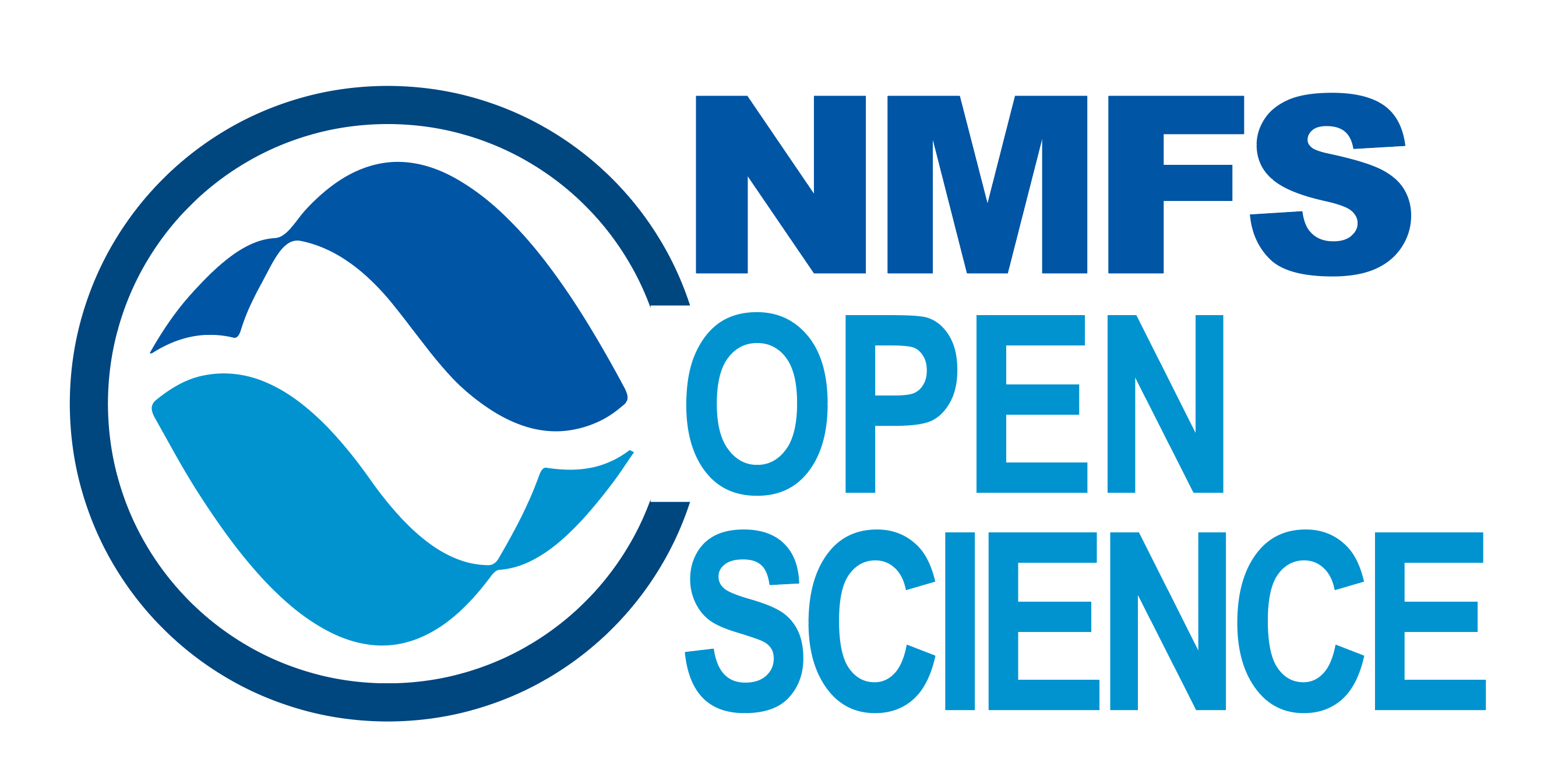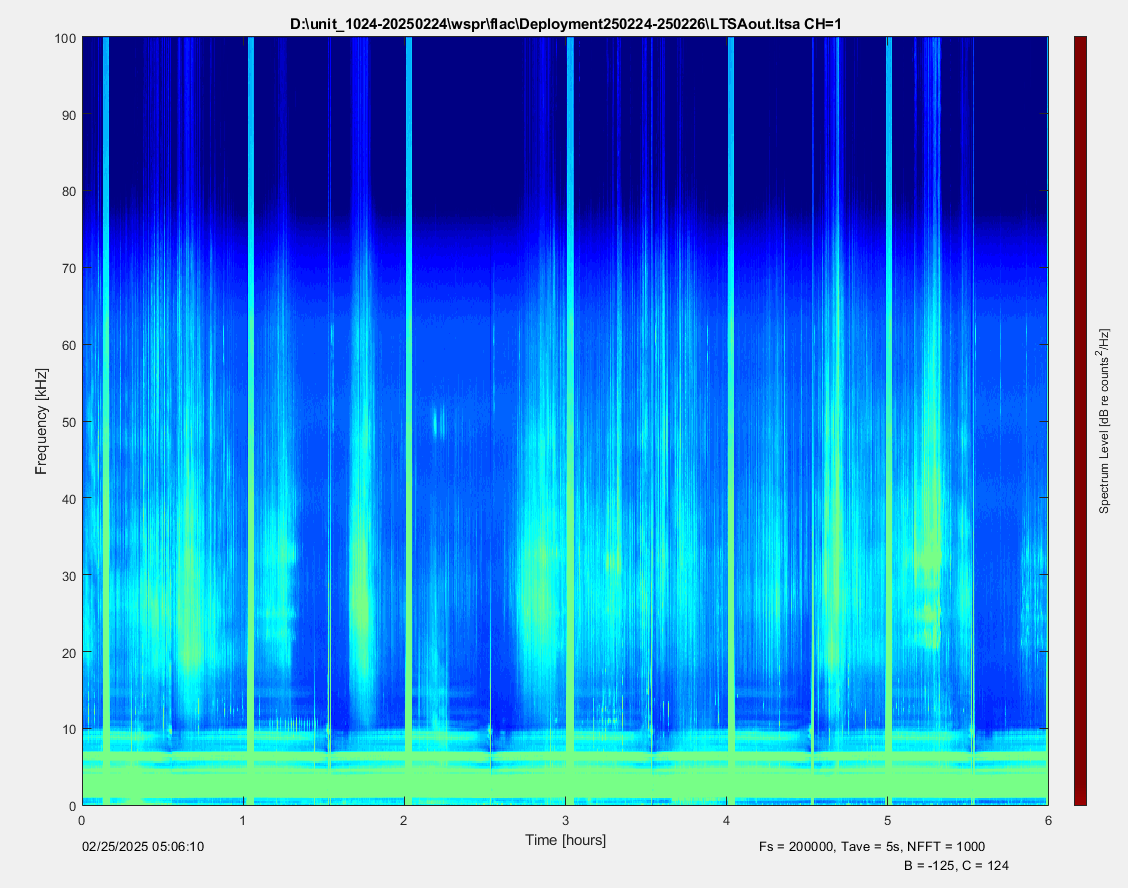Field Testing
Field testing of PAM-Glider Systems
Goal:
In-water instrumentation testing of several PAM-glider systems with the goal of examining hardware and sensor choices (including WHOI DMONs) and how these choices may vary based on regional differences in assessment needs and oceanographic realities. (supported by the UxS Plankton to Whales Project and PAM SI).
Slocum WISPR
The Ecosystem Science Division (ESD) at the Southwest Fisheries Science Center (SWFSC) deployed glider “unit_1024” on February 24, 2025 off San Diego, CA (Figure 1). This glider was deployed in conjunction with Teledyne Webb Research from the vessel R/V Benthic Cat. The main objective of this deployment was to test two new sensors: a photosynthetically active radiation (PAR) sensor (Biospherical Instruments) and a passive acoustic monitor (“WISPR”, Embedded Ocean Systems). The glider was programmed to fly approximately 70 km north between 9-Mile Bank and Del Mar Steeples toward Oceanside Harbor. However, 36 hours after deployment, the glider mission aborted its mission for a leak in the aft section. An emergency recovery was initiated for February 26 aboard the R/V Outer Limits. Prior to the leak, the glider traveled a total of 29.74 km wile performing 29 dives to a maximum depth of 600 m.
Details regarding this sea trial, including pre- and post-trial testing can be found here.
This was the first deployment of this glider, which was prepared by Teledyne staff. Therefore, no deployment-specific testing was done beyond our standard pre-deployment preparations and tests. Configuration and initialization files for the WISPR prioritized testing of the device and a high sample rate (200 kHz) provided sampling of noise at high frequencies. We were unable to simulate missions with these files prior to deployment because of tight scheduling between glider training and boat availability.
Data were downloaded locally, and a long term spectral average (LTSA) shows high levels of noise at frequencies below 10 kHz and numerous encounters with animals (Figure 2). This field test serves as a first trial of this glider and included sensors that may create their own noise, including a pumped CTD. These recordings will be examined to identify glider noise that may interfere with acoustic detection of the marine environments.

